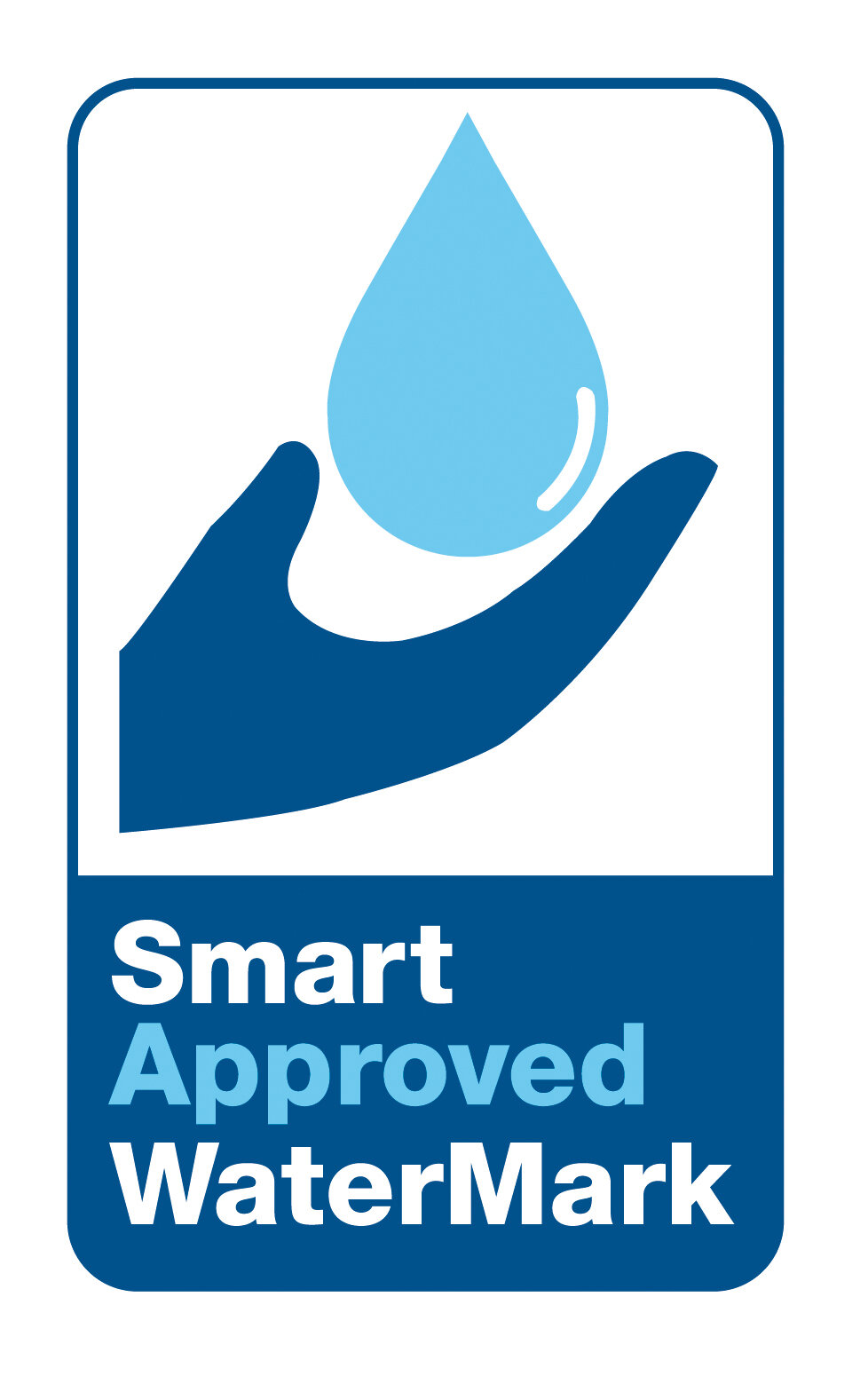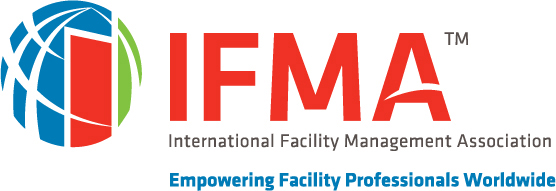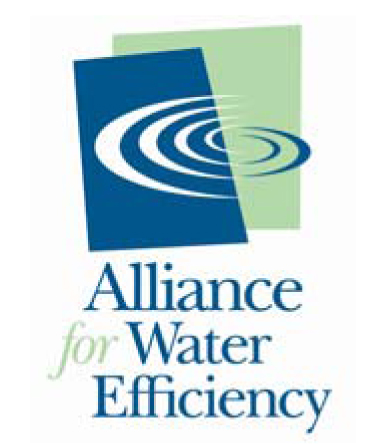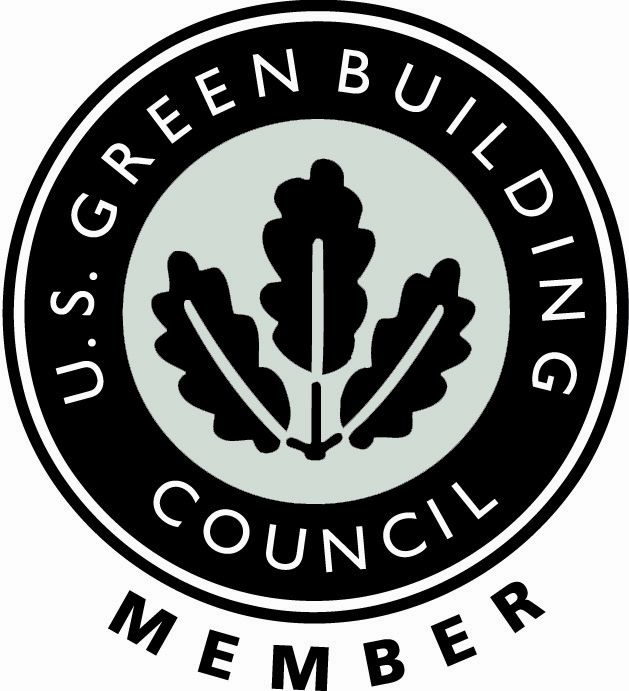Image by Cole Ciarlello found on Unsplash
Q: What are the main challenges facing America's water infrastructure today?
A: According to Klaus Reichardt, CEO and Founder of Waterless Co., Inc., the two biggest hurdles are funding gaps and workforce shortages. While recent legislation has helped, the money available doesn't come close to what's needed for repairs. Finding qualified contractors is also a major problem, as decades of neglect have created a shortage of crews trained for complete system replacements.
Q: What is the most significant consequence of deteriorating water systems?
A: The most immediate and serious consequence is water loss. As America's population grows and water becomes more precious, millions of gallons are lost daily through leaky pipes and failing infrastructure. This not only wastes a vital natural resource but also creates a significant financial burden on communities.
Q: What is the economic impact of water infrastructure failure?
A: The failure of water systems has a direct impact on communities. Millions of Americans lack access to running water and indoor plumbing, particularly in rural areas. Utilities have to raise rates to pay for emergency repairs, which leads to water affordability problems. This places a strain on low-income households. Furthermore, aging pipes often lead to water contamination incidents that pose a public health risk.
Q: What solutions are being implemented to address this crisis?
A: There is increasing hope as more funding is being allocated to replace crumbling infrastructure. There's also a growing effort by communities to come together and find solutions. The restroom industry, for example, is making a difference through water conservation and efficiency technologies like waterless urinals that significantly reduce water waste.
Q: How can individuals and institutions help with this issue?
A: Individuals and institutions can play a vital role by adopting water-efficient technologies in their homes and businesses. Supporting investments in infrastructure and raising public awareness about water conservation are also crucial steps toward securing a more sustainable water future for the U.S.










